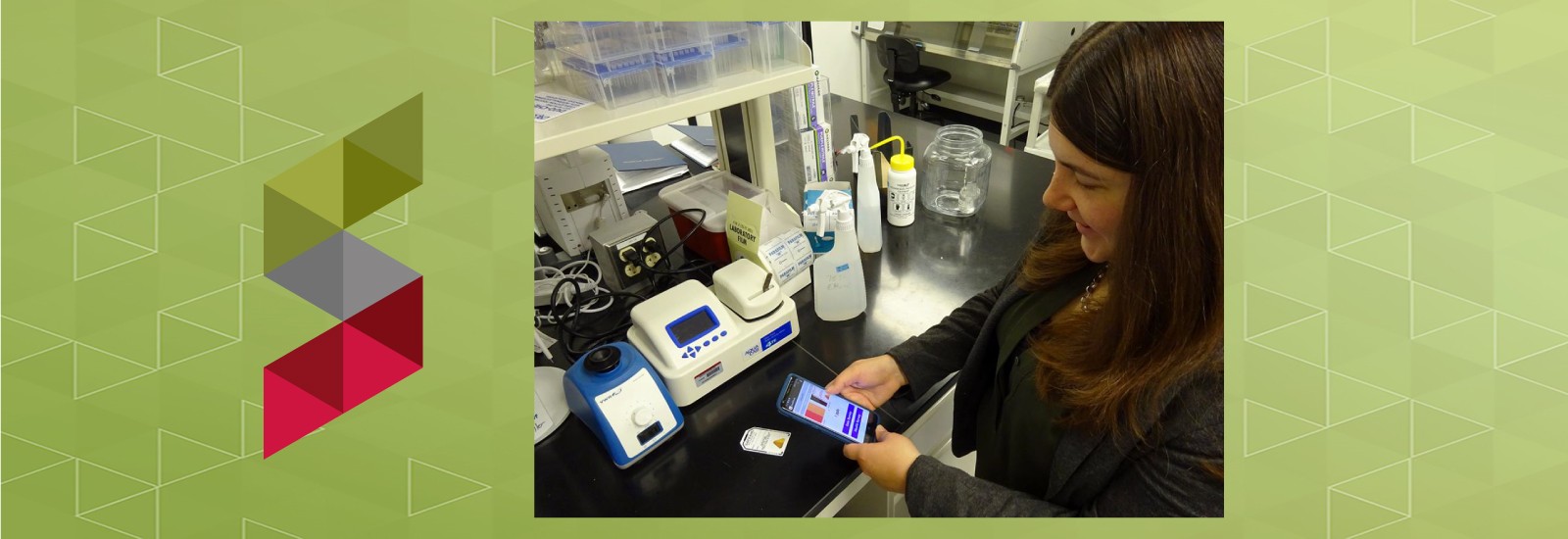Karen C. Dannemiller has received a five-year, $500,000 Faculty Early Career Development (CAREER) award from the National Science Foundation for her research on novel indicators of mold growth in homes. She is an assistant professor in civil, environmental and geodetic engineering, and environmental health sciences. She also is a core faculty member of the Sustainability Institute and has a courtesy appointment in microbiology.
The CAREER award is the National Science Foundation’s (NSF) most prestigious award in support of junior faculty who exemplify the role of teacher-scholars through outstanding research, excellent education and the integration of both.
The overall goal of Dannemiller’s project, “Microbial indicators Of Latent Dampness (MOLD)” is to establish a better way to measure mold growth in homes.
Exposure to mold in homes costs billions of dollars every year in the United States and can be especially harmful to people suffering from asthma — a leading cause of disability in children. After mold remediation, home occupants typically want assurance through measurement that the removal is complete and the home is free of unseen microbial growth. However, said Dannemiller, existing measurement methods are flawed.
“Currently, visible mold growth and odor are the best indicators of mold in a building, and these are most strongly associated with health outcomes. However, these measures are subjective,” she said. “We need to develop a quantitative indicator of mold growth in a home that is better than simple inspection.”
Dannemiller’s project will address the need to develop and validate a new quantitative measurement tool that indicates growth, while also leading to an improved understanding of fundamental microbial processes that occur in damp buildings. Her work utilizes cutting-edge DNA and RNA sequencing technologies.
Find out how to keep your carpets mold free.
Read more about Dannemiller's NSF CAREER award and her research.
by Meggie Biss, College of Engineering Communications | biss.11@osu.edu
